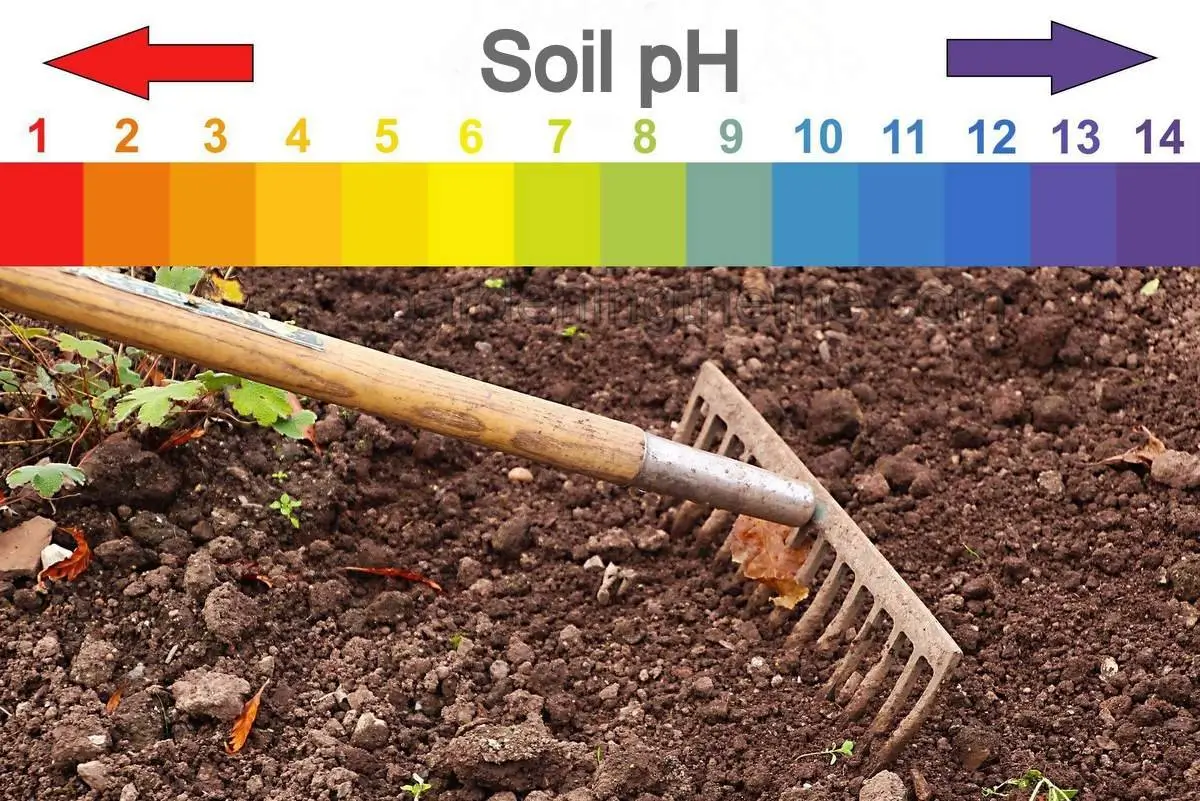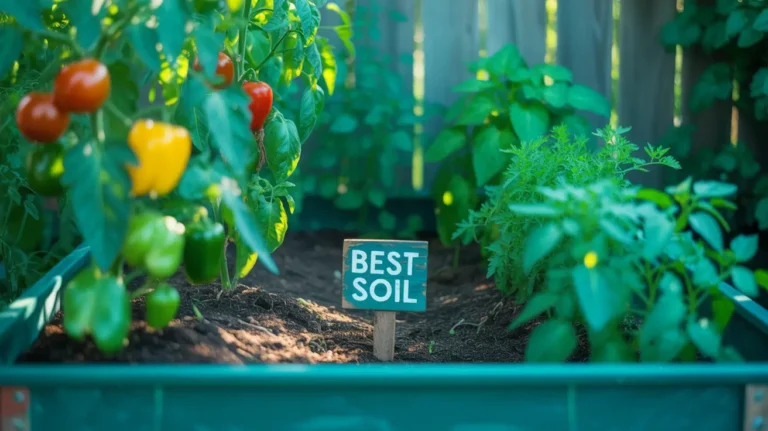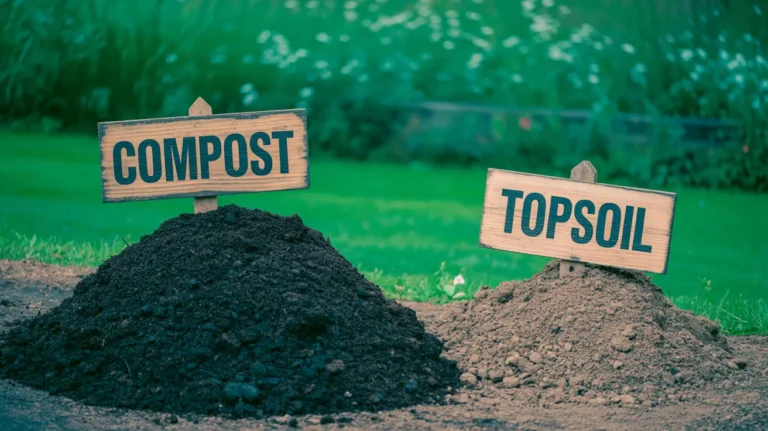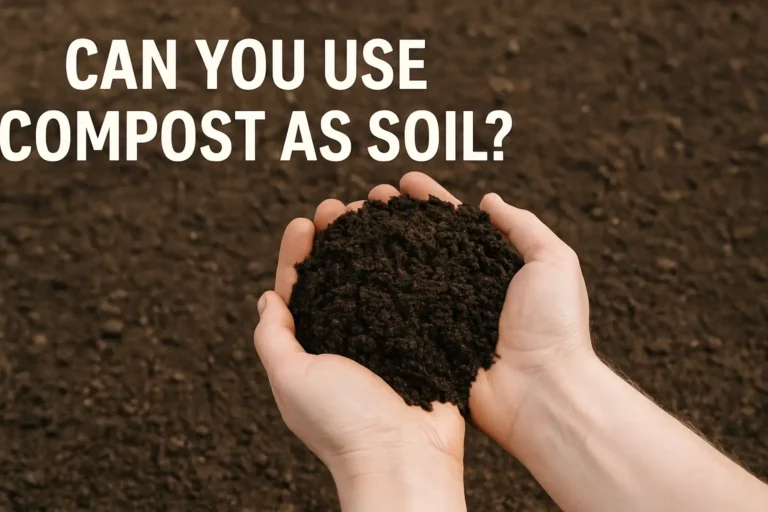The Complete Guide to Soil pH Adjustment: When and How to Use Lime and Sulfur
Soil pH is one of the most critical factors determining plant health and nutrient availability in your garden or farm. Whether you’re dealing with acidic soil that needs sweetening or alkaline soil that requires acidification, understanding how to properly adjust pH using lime and sulfur can transform your growing success.
Understanding Soil pH: The Foundation of Plant Health
Soil pH measures how acidic or alkaline your soil is on a scale from 0 to 14, with 7 being neutral. Most plants thrive in slightly acidic to neutral soil (pH 6.0-7.0), where nutrients are most readily available. When pH strays too far from this optimal range, plants struggle to absorb essential nutrients, leading to poor growth and reduced yields.
Signs Your Soil pH Needs Adjustment:
- Stunted plant growth despite adequate fertilization
- Yellowing leaves (chlorosis) in alkaline soils
- Poor flower and fruit production
- Moss growth in acidic conditions
- Certain weeds thriving (dandelions in alkaline soil, sorrel in acidic soil)
Raising Soil pH with Lime: The Science and Application
When soil becomes too acidic (below pH 6.0), lime is your go-to solution. Lime works by neutralizing soil acids and releasing calcium, which plants need for cell wall development and root growth.
Types of Lime and Their Applications
Agricultural Lime (Calcium Carbonate) Agricultural lime is the most common and cost-effective option for large-scale pH adjustment. It’s slow-acting but provides long-lasting results.
Application Rates:
- Sandy soils: 25-50 pounds per 1,000 square feet
- Loamy soils: 50-75 pounds per 1,000 square feet
- Clay soils: 75-100 pounds per 1,000 square feet
Hydrated Lime (Calcium Hydroxide) This faster-acting lime is more caustic and expensive but works quickly when you need rapid pH adjustment.
Application Rates:
- Use 75% of agricultural lime rates
- Sandy soils: 20-40 pounds per 1,000 square feet
- Loamy soils: 40-55 pounds per 1,000 square feet
- Clay soils: 55-75 pounds per 1,000 square feet
Dolomitic Lime Contains both calcium and magnesium, making it ideal for soils deficient in magnesium. Use the same rates as agricultural lime.
Best Practices for Lime Application
Timing: Apply lime in fall, allowing 3-6 months for full soil reaction before the growing season. Fall application also takes advantage of winter moisture and freeze-thaw cycles that help incorporate lime into the soil.
Method: Spread lime evenly across the soil surface, then incorporate it into the top 6-8 inches of soil through tilling or cultivation. Surface applications work but are much slower to take effect. When planning soil amendments, consider calculating the total topsoil needed if you’re also adding new growing medium to improve soil structure alongside pH adjustment.
Frequency: Lime effects typically last 3-5 years, depending on soil type and rainfall. Retest soil pH annually to monitor changes.
Lowering Soil pH with Sulfur: Acidifying Alkaline Soils
When soil pH exceeds 7.5, plants often struggle with nutrient deficiencies, particularly iron, manganese, and zinc. Sulfur is the most effective and economical way to lower soil pH naturally.
Types of Sulfur Products
Elemental Sulfur The most economical option that works through soil bacteria converting sulfur to sulfuric acid over time.
Application Rates:
- Sandy soils: 5-10 pounds per 1,000 square feet per pH unit
- Loamy soils: 10-15 pounds per 1,000 square feet per pH unit
- Clay soils: 15-20 pounds per 1,000 square feet per pH unit
Aluminum Sulfate Provides immediate acidification but is more expensive. It’s ideal for quick pH adjustments in container gardening or small areas.
Application Rates:
- Use 5-6 times the weight of elemental sulfur
- Sandy soils: 25-60 pounds per 1,000 square feet per pH unit
- Loamy soils: 50-90 pounds per 1,000 square feet per pH unit
- Clay soils: 75-120 pounds per 1,000 square feet per pH unit
Sulfur Application Guidelines
Timing: Apply elemental sulfur in spring, 2-4 months before planting to allow time for bacterial conversion. In warm climates, this process is faster than in cool regions.
Method: Incorporate sulfur into the soil rather than leaving it on the surface. This increases contact with soil bacteria and speeds the acidification process.
Considerations: Sulfur effectiveness depends on soil temperature, moisture, and bacterial activity. Cold, dry, or sterile soils will show slower results.
Calculating Your Specific Needs
Before applying any pH amendment, start with a professional soil test that includes pH, buffer pH, and organic matter content. This information is crucial for accurate calculations. For quick and precise calculations, you can use a pH adjustment calculator to determine exact amendment quantities based on your specific soil conditions.
Step-by-Step Calculation Process
- Determine current pH and target pH
- Identify your soil type (sandy, loamy, or clay)
- Calculate the pH change needed (target pH – current pH)
- Apply the appropriate rate based on soil type and amendment chosen
- Adjust for area size (rates are typically given per 1,000 square feet)
Example Calculation
For a 5,000 square foot lawn with clay soil at pH 5.5, targeting pH 6.5:
- pH change needed: 1.0 unit
- Clay soil lime requirement: 75-100 lbs per 1,000 sq ft
- Total lime needed: 375-500 lbs for entire area
Common Mistakes to Avoid
Over-application: Adding too much lime or sulfur can swing pH too far in the opposite direction, creating new problems. Always make gradual adjustments of 0.5-1.0 pH unit at a time.
Ignoring soil testing: Guessing at pH levels leads to inappropriate treatments. Annual soil testing is a small investment that prevents costly mistakes.
Expecting immediate results: pH adjustment is a slow process. Lime can take 6 months to show full effects, while sulfur may take 2-4 months. Plan ahead and be patient.
Uniform application across diverse areas: Different areas of your property may have different pH levels. Test and treat areas separately based on their specific needs.
Monitoring and Maintenance
After applying pH amendments, consider complementary soil management practices. Adding organic matter through compost helps buffer pH changes and improves soil structure. Use a compost volume estimator to determine how much compost you’ll need for your project. Additionally, applying mulch helps maintain consistent soil moisture and temperature, which supports the pH adjustment process.
Following pH adjustment, retest your soil annually to track changes and determine if additional applications are needed. Keep detailed records of what you’ve applied and when, as this information becomes valuable for future management decisions. For container gardening or raised bed projects, you might also need to calculate garden soil quantities when creating optimal growing conditions from scratch.
Signs of successful pH adjustment:
- Improved plant vigor and color
- Better response to fertilizers
- Reduced disease pressure
- More earthworm activity in the soil
Environmental Considerations
Both lime and sulfur are natural products that support sustainable gardening practices. However, responsible application is important for environmental protection.
Water quality: Avoid over-application near water sources, as runoff can affect aquatic ecosystems.
Timing: Apply amendments when rain is not immediately forecast to prevent runoff and ensure proper soil incorporation.
Storage: Store lime and sulfur in dry conditions to maintain effectiveness and prevent dust issues.
Proper soil pH management through strategic use of lime and sulfur is fundamental to successful gardening and farming. By understanding your soil’s current condition, calculating appropriate amendment rates, and applying products correctly, you can create optimal growing conditions for your plants.
Remember that pH adjustment is not a one-time fix but an ongoing management practice. Regular soil testing, gradual adjustments, and patience with the process will reward you with healthier plants, better yields, and more successful growing seasons.
The investment in proper pH management pays dividends in improved plant health, reduced fertilizer needs, and greater gardening success. Start with a soil test, calculate your needs carefully, and take the long-term approach to soil health that will benefit your plants for years to come.






